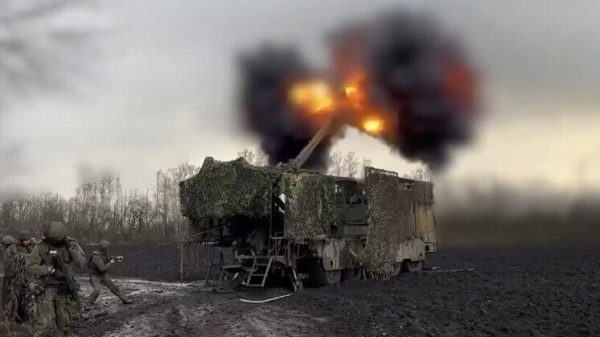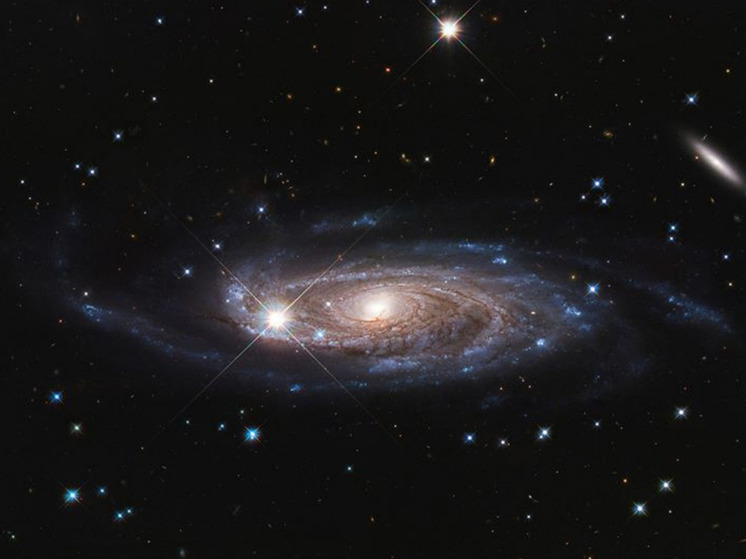Cosmic behemoths suddenly emitted huge clouds of smoke
Astronomers have discovered a mysterious group of giant old stars at the center of the Milky Way that are emitting clouds of dust and gas the size of the solar system.
< img src="https://static.mk.ru/upload/entities/2024/01/26/09/articles/detailPicture/82/ec/3a/5c/9a671c4a4347b40ab2e82b368d4b8109.jpg" class="article__picture-image" alt ="The space hulks suddenly emitted huge clouds of smoke" />
Stars that have been dubbed “old smokers” have been quiet for years, fading almost to the point of invisibility before suddenly releasing huge clouds of smoke. The discovery was made while observing nearly a billion stars in infrared light during a 10-year survey of the night sky, says The Guardian.
“They sit there and just suddenly eject matter,” said Professor Philip Lucas from the University of Hertfordshire, who led the observations. “They're a new type of star, and they all seem to be concentrated in the same part of the sky, very close to the center of our Milky Way galaxy.”
Astronomers set out to capture rarely observed newborn stars, known as protostars, during a process equivalent to a stellar growth spurt. During these periods, writes The Guardian, young stars rapidly gain mass by consuming surrounding star-forming gas, resulting in a sudden increase in luminosity.
The team of scientists tracked hundreds of millions of stars and identified 32 erupting protostars that increased in brightness by at least 40 times, and in some cases more than 300 times.
However, during the analysis, another group of red giant stars was unexpectedly discovered near the center of the Milky Way, writes The Guardian. When these giants were studied in more detail using the European Southern Observatory's Very Large Telescope, seven of them were classified as a new type of red giant, which the researchers called «old smokers.» Professor Philip Lucas suggested that convection currents and instability within the star could have triggered the release of huge columns of smoke.
“These are clouds the size of the solar system,” says Professor Lucas. “We suspect these are clouds of dust moving in the same direction, perhaps from a single area on the surface of the star.”
The findings have broader implications because the material ejected into interstellar space by dying stars gives rise to to the next generation of stars, The Guardian emphasizes.
“The discovery of a new type of star that ejects matter may have wider implications for the distribution of heavy elements in the nuclear disk and metal-rich regions of other galaxies,” states Philip Lucas.< /p>
The results were published in the Monthly Notices of the Royal Astronomical Society.
























































Свежие комментарии